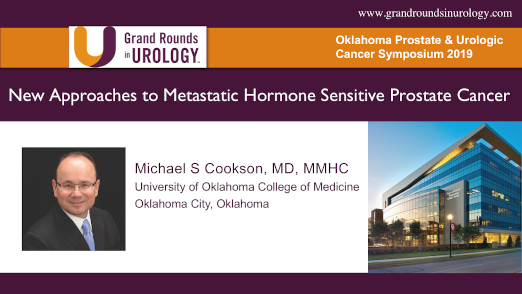Robotic Cystectomy and ICUD for Muscle Invasive Bladder Cancer
Sanjay G. Patel, MD, Assistant Professor of Urology at the University of Oklahoma College of Medicine, evaluates oncologic evidence comparing open radical cystectomy to robotic cystectomy. This includes addressing morbidity rates detailed in a recent meta-analysis, and questioning whether open diversion could affect these results. Additionally, Dr. Patel analyzes the learning curve associated with performing a robotic cystectomy. Finally, he explains the cost differences between the two techniques, as well as why a more costly operation and/or hospital stay may still be more indirectly cost-effective down the road.
Read More




